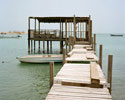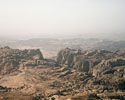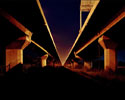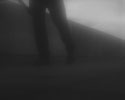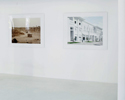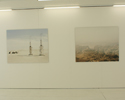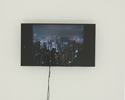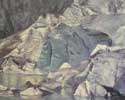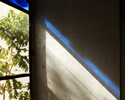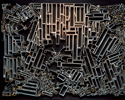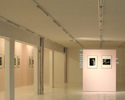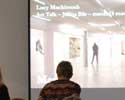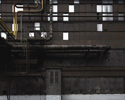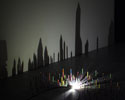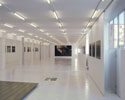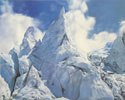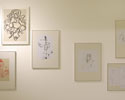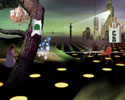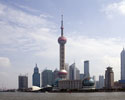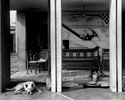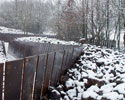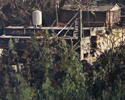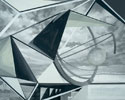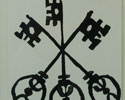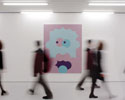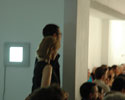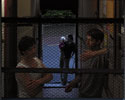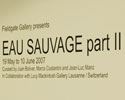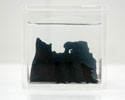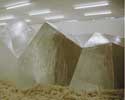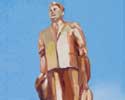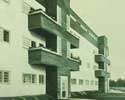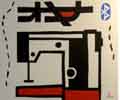|
GALERIE LUCY MACKINTOSH ARTISTS SHOWS INFORMATION EVENTS |
|||
|
| |||
| |||
| Where Stands History | |||
| Camille Zakharia | |||
| Tomoko Yoneda | |||
| Matthieu Gafsou | |||
| Leo Fabrizio | |||
| Vernissage le jeudi 8 septembre 2011 Ouverture du 9 septembre au 15 octobre 2011 | |||
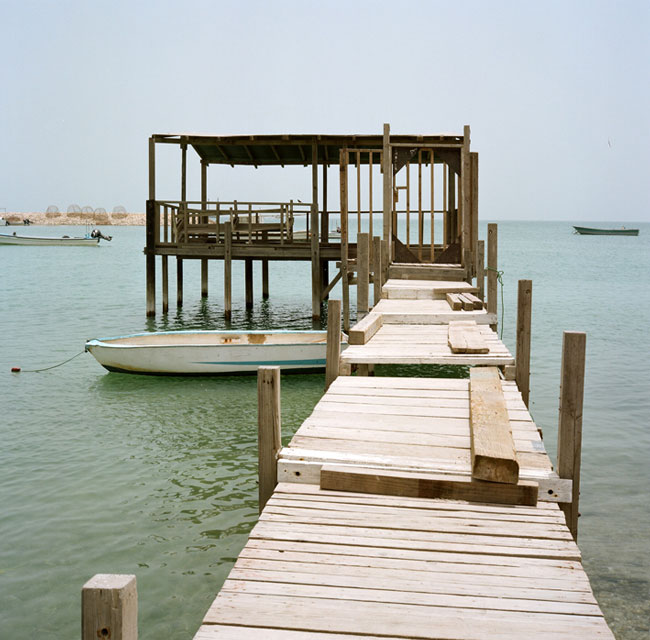 | |||
| Camille Zakharia Reclaim Hut 20 Hidd | |||
The Centre Pompidou’s profile on contemporary photography pronounces that “Photography, over the past three decades, has inched closer to visual arts, ending up as one of the areas where artistic enquiry is addressed most pertinently in relation to our world today.” This critical gaze held on the contemporary world and current events is at the heart of the photographic work of Leo Fabrizio, Matthieu Gafsou, Tomoko Yoneda, and Camille Zakharia exhibited in Where Stands History, presented by the Lucy Mackintosh gallery from September 8th till October 15th 2011. The subjects of the photographs displayed are inextricably linked to recent History, or what is about to become recent History. Leo Fabrizio’s obsessive and systematic approach imbues his photographic work. He has created a catalogue of constructions built by people for protection, but where nature remains an ideal to which one refers. As he says, “Everything that has ever been built, all of architecture, isn’t it all a material manifestation of our dreams? But if that is so, if all of these manifestations are decorative, made of hollow, tacky plaster, what remains of our dreams?” Strengthened by the absence of human subjects, his Archetypal Landscapes examine where and how human action is situated in our environment. In a similar systematic documentation, the Lebanese artist residing in Barhain, Camille Zakharia, has photographed illegal fishermen’s huts built by the sea in Manama on a stretch designated for urban extension. His photographs are part of the Reclaim project presented at the 2010 Venice Architecture Biennale by the Barhaini pavilion, to which the Golden Lion was awarded. Camille Zakharia exhibits here five photographs, frontal views of the huts as they were presented at the Biennale, along with, for the first time, an artist book that presents the totality of his research for Reclaim in the form of twenty booklets. Fabrizio and Zakharia’s conceptual approach could remind us of Bernd and Hilla Becher’s work, which held formal research and concerns with documentation in tensorial opposition. However, Fabrizio and Zakharia’s sensitivity brings them closer to a human dimension that places the individual, in all her fragility and determination, at the centre of the image. Matthieu Gafsou has photographed occupied territories in Palestine and areas characterised by instability in northern Africa. He photographs when the sun is at its zenith, such that the light seems to flatten his landscapes, granting them a neutral character that they of course lack. The photographs show how threatening these areas seem, yet how they inevitably hold a social and urban future, but which seems ravagedly primordial today. Even if they are rooted in contemporary reality, the worlds that both Gafsou and Fabrizio create seem to become entirely fictional for the viewer. Tomoko Yoneda is Japanese. She harbours a fascination for European history, which she has undertaken to photograph the traces of. Even if these have been erased from landscapes today, these events’ temporal proximity and their gravity has left an indelible mark in the collective unconscious and can be re-accessed upon experiencing the landscape – a kind of rememory in the way Toni Morrison implied it, but on a larger scale. Yoneda looks for the traumatic event that is still visible today; it resides in a subtle place between historical narrative and invisible melancholia. Her works are “visits of History”, held by infinitely delicate details, as only a Japanese sensibility could intimate. | |||
| Show overview | |||
|
| |||
| Archives | |||
|
| |||
